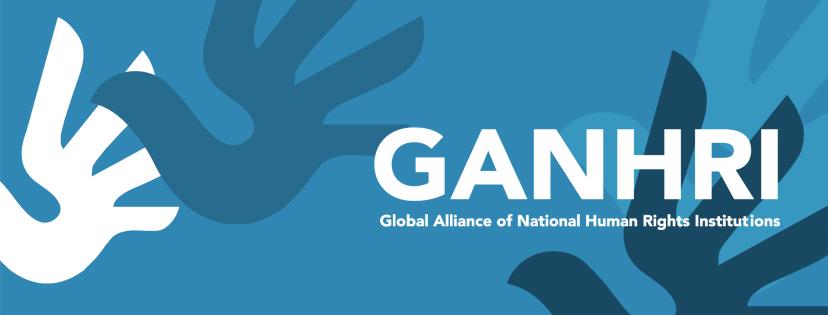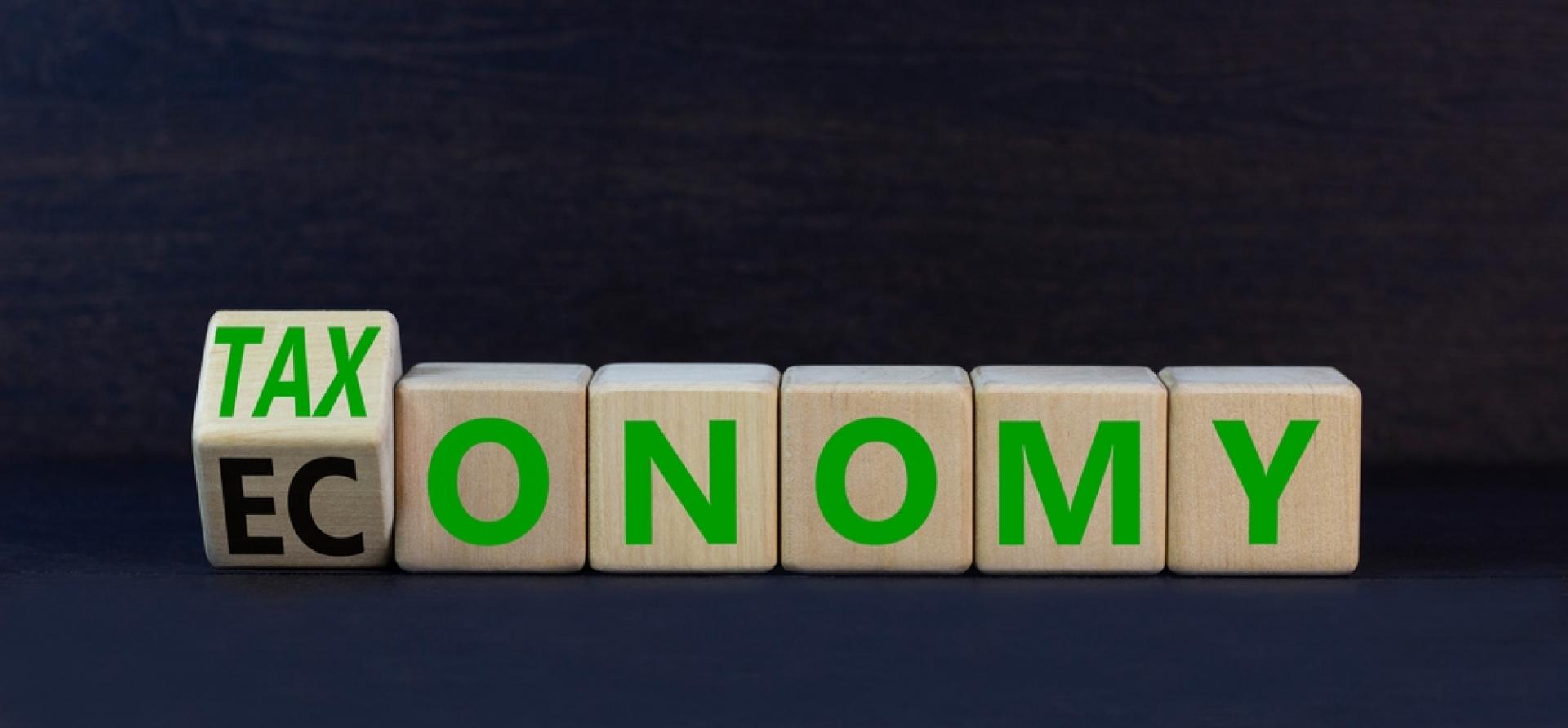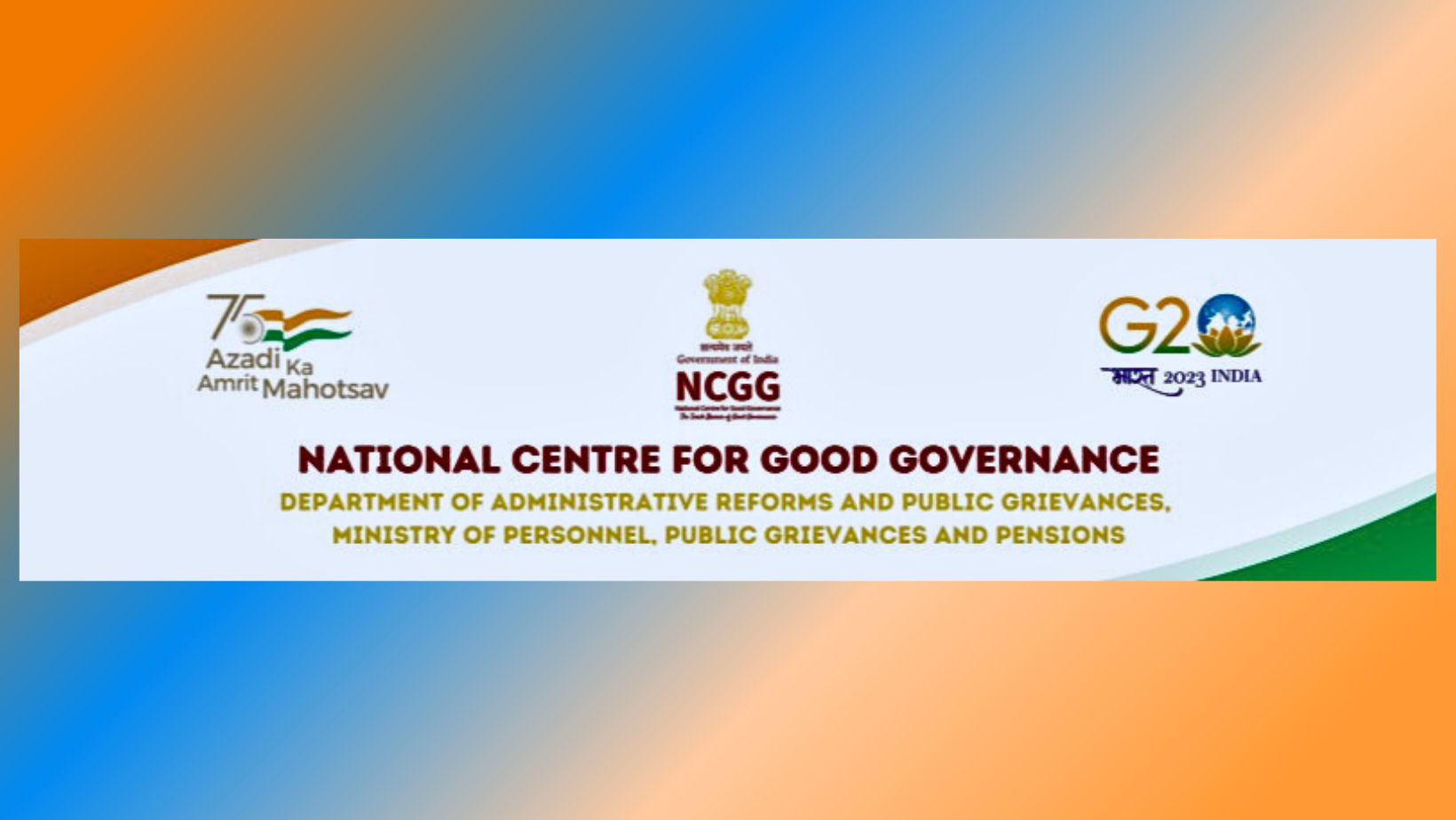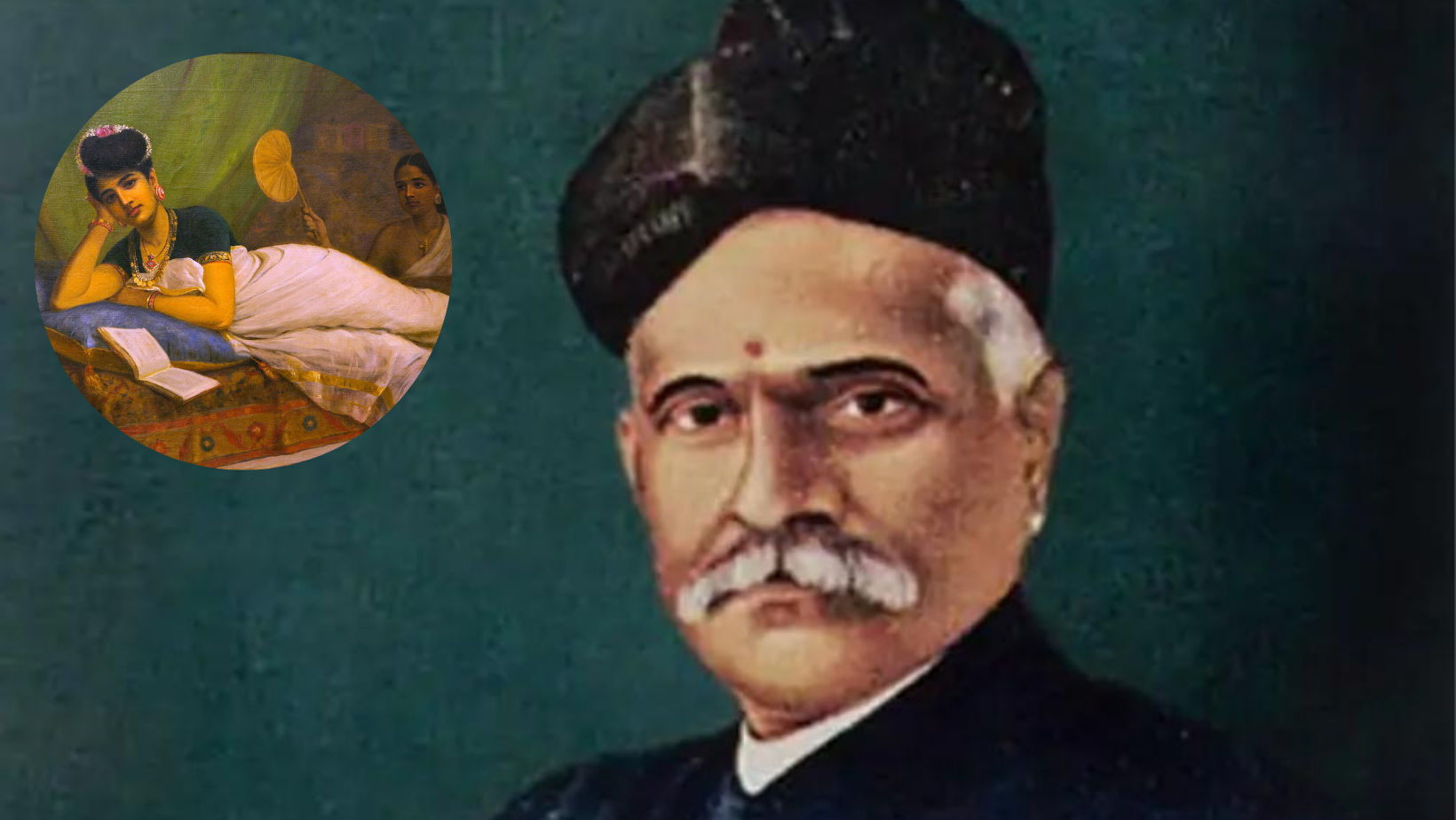Global Alliance of National Human Rights Institutions (GANHRI)

- 29 Apr 2024
Why is it in the News?
The National Human Rights Commission (NHRC) is preparing to defend the government’s human rights processes at a meeting in Geneva this week, where a decision on whether India’s human rights body will retain its “A status” is expected to be made.
About Global Alliance of National Human Rights Institutions (GANHRI):
- The Global Alliance of National Human Rights Institutions (GANHRI) is a representative body of National Human Rights Institutions (NHRIs) from across the world.
- It assists in the establishment and strengthening of independent and effective NHRIs, which meet the international standards set out in the Paris Principles.
- GANHRI encourages joint activities and cooperation among NHRIs, organises international conferences, liaises with the United Nations and other international organisations, assists NHRIs under threat, and assists governments in establishing NHRIs.
- The Asia Pacific Forum of National Human Rights Institutions (APF) and other member institutions continue to make a significant contribution to the operations and human rights initiatives of GANHRI.
- The organisation is incorporated as a non-profit organisation under Swiss law.
- Its Statute, adopted in March 2009, sets out its objectives and how it operates.
Membership:
- NHRIs that comply fully with the Paris Principles – and which have been granted 'A status' by GANHRI – are eligible to become voting members of GANHRI and to hold governance positions.
- NHRIs that only partially comply with the Paris Principles – and which have been granted 'B status' by GANHRI – can participate in meetings of GANHRI but are not eligible to vote or to hold governance positions.
Bureau:
- The operations of GANHRI are managed by its Bureau, which is comprised of representatives from each of the four regional groupings:
- Africa, the Americas, Europe, and the Asia Pacific.
- Each regional grouping is represented by elected representatives from four 'A status' NHRIs.
- The APF is currently represented on the GANHRI Bureau by Australia, India, Korea, and Qatar.
- A key role of the Bureau is to assess applications for membership in the ICC.
- It also reviews and determines the accreditation status of NHRIs, following a recommendation from the Sub-Committee on Accreditation.
- In addition, the Bureau collaborates with the Office of the High Commissioner for Human Rights (OHCHR), in particular the National Institutions and Regional Mechanisms Unit, to facilitate the participation of NHRIs in the United Nations Human Rights Council.
- Bureau meetings are usually held twice a year; the first is in conjunction with the first quarter session of the UN Human Rights Council and the second is in conjunction with one of the NHRI regional network's meetings.
- A meeting is also held in conjunction with the bi-annual International Conference.
International Conference:
- The International Conference involves NHRIs, as well as representatives of United Nations agencies, international organisations, and civil society.
- The purpose of the International Conference is to strengthen cooperation between NHRIs, to discuss human rights issues of shared concern, and to ensure follow-up at the national level.
- The International Conference is held every two years, alternating between Europe, the Americas, Africa, and the Asia Pacific.
Officials:
- The positions of GANHRI Chairperson and Secretary are served on a rotational basis by representatives nominated by the four regional coordinating committees: Europe, Africa, the Americas, and the Asia Pacific.
- The current GANHRI Chairperson is Maryam Abdullah Al Attiyah, Chairperson of the National Human Rights Committee of Qatar (NHRC), representing the Asia Pacific region.
- The current GANHRI Secretary is Amina Bouayach, Chairperson of the National Human Rights Council of Morocco (CNDH), representing the African region.
Secretariat:
- The National Institutions and Regional Mechanisms Unit of OHCHR acts as the GANHRI secretariat.
- GANHRI has a permanent representative in Geneva to support and facilitate the participation of NHRIs in the UN Human Rights Council and its human rights mechanisms.
Critical Minerals Summit

- 29 Apr 2024
Why is it in the News?
Ministry of Mines today organized a summit to foster collaboration, share knowledge, and drive innovation in the field of critical mineral beneficiation and processing in New Delhi.
About Critical Minerals Summit:
- The Critical Minerals Summit was organized by the Ministry of Mines, Government of India, in collaboration with the Shakti Sustainable Energy Foundation (Shakti), the Council on Energy, Environment and Water (CEEW), and the Indian Institute of Sustainable Development (IISD).
- It aims to promote collaboration and innovation in critical mineral beneficiation and processing.
- This event brings together a wide range of stakeholders, including industry leaders, startups, government officials, scientists, academics, and policy experts from both India and abroad.
Key Objectives:
- Tackling Demand: The summit seeks to address the growing demand for Critical Raw Materials (CRMs) needed for renewable energy systems and electric vehicles as part of India's strategic development goals.
- Focus on Key Minerals: The Ministry of Mines has identified eight crucial minerals for focus, including Glauconite (Potash), Lithium – Rare Earth Elements (Laterite), Chromium, Platinum Group, Graphite, Tungsten, Rare Earths (RE), and vanadium-associated with Graphite.
- Diverse Participation: The summit offers a platform for a diverse group of stakeholders to collaborate, share knowledge, and drive innovation in the field of critical minerals.
What are Critical Minerals?
- Critical minerals are metallic or non-metallic elements essential for modern technologies, economies, and national security, with potentially vulnerable supply chains.
- Their 'criticality' changes over time due to shifting supply and societal needs.
- Applications: Critical minerals are vital for manufacturing advanced technologies like mobile phones, computers, semiconductors, and renewable energy systems such as electric vehicles, wind turbines, solar panels, and batteries.
- They are also used in common products like stainless steel and electronics.
- Examples of Critical Minerals are antimony, beryllium, cobalt, copper, gallium, germanium, lithium, vanadium, and more.
- Top Producers: Countries like Chile, Indonesia, Congo, China, Australia, and South Africa lead in critical mineral production.
- Critical Minerals in India: The Indian government has identified 30 critical minerals, including antimony, beryllium, cobalt, copper, gallium, graphite, hafnium, indium, lithium, molybdenum, nickel, niobium, phosphorous, potash, rare earth elements, rhenium, silicon, strontium, tantalum, tellurium, tin, titanium, tungsten, vanadium, zirconium, selenium, and cadmium.
- To meet the rising demand for critical minerals and ensure a stable supply, the Indian government is actively working on auctioning critical mineral blocks and fostering industry partnerships.
- These efforts are crucial for the country's economic development and energy transition goals.
Green Taxonomy

- 29 Apr 2024
Why is it in the News?
The RBI and the Finance Ministry could draw inspiration from the ASEAN region's evolving green taxonomy, continually updated with sectoral insights, to enhance sustainability efforts.
What is Green Taxonomy?
- Green taxonomy is a pivotal framework designed to delineate environmentally sustainable investments, providing clarity on which economic activities and assets qualify as "green" or environmentally sound.
- It plays a crucial role in advancing global sustainability objectives, particularly in the context of combating climate change and transitioning towards a low-carbon economy.
What is Green Taxonomy?
- At its core, green taxonomy serves as a comprehensive tool for classifying economic activities and assets based on their environmental sustainability.
- It is crafted by governments, regulators, and stakeholders with a commitment to achieving net-zero carbon emissions and fostering sustainable development.
Significance of Green Taxonomy:
- The significance of green taxonomy lies in its multifaceted role:
- Preventing Greenwashing: By establishing clear criteria and standards, green taxonomy helps prevent greenwashing, a deceptive practice wherein investments are portrayed as environmentally friendly when they may not be.
- Informing Investment Decisions: Investors are empowered to make informed decisions by utilizing the taxonomy as a guide. It offers transparency and guidance, enabling investors to align their investment strategies with environmental objectives.
- Directing Investments Towards Sustainability: The taxonomy serves as a tool for channeling investments towards sustainable economic activities and assets. By identifying and classifying green investments, it encourages the allocation of capital to projects that contribute positively to environmental goals.
Common Features of Green Taxonomies:
- Green taxonomies typically include objectives related to climate mitigation and adaptation, with some also incorporating additional environmental goals such as biodiversity conservation.
- To qualify as green, an activity must substantially contribute to at least one of these environmental objectives.
- Furthermore, green taxonomies often integrate "do no significant harm" criteria, ensuring that activities considered green do not compromise other environmental objectives.
- Additionally, they emphasize compliance with social safeguards, including human rights considerations.
Nuanced Approaches in Green Taxonomies:
- Some taxonomies adopt a nuanced approach, such as the "traffic light" system utilized by the Indonesian and proposed Singaporean taxonomies.
- Under this approach, economic activities are categorized into different tiers (green, amber, or red) based on their environmental sustainability.
- This system offers a more nuanced understanding of the environmental impact of various activities, allowing for tailored assessments and decision-making.
What Is Greenwashing?
- Greenwashing is the process of conveying a false impression or misleading information about how a company’s products are environmentally sound.
- Greenwashing involves making an unsubstantiated claim to deceive consumers into believing that a company’s products are environmentally friendly or have a greater positive environmental impact than they actually do.
- In addition, greenwashing may occur when a company attempts to emphasize sustainable aspects of a product to overshadow the company’s involvement in environmentally damaging practices.
- Performed through the use of environmental imagery, misleading labels, and hiding tradeoffs, greenwashing is a play on the term “whitewashing,” which means using false information to intentionally hide wrongdoing, error, or an unpleasant situation in an attempt to make it seem less bad than it is.
National Centre for Good Governance (NCGG)

- 29 Apr 2024
Why is it in the News?
A central government delegation is on a three-day visit to Bangladesh beginning Sunday to further boost bilateral ties on governance matters, according to an official statement.
About the National Centre for Good Governance:
- The National Centre for Good Governance (NCGG) was set up in 2014 by the Government of India as an apex–level autonomous institution under the Ministry of Personnel, Public Grievances and Pensions.
- The Centre traces its origin to the National Institute of Administrative Research (NIAR), which was set up in 1995 by the Lal Bahadur Shastri National Academy of Administration (LBSNAA), the Government of India's topmost training institute for civil services.
- NIAR was subsequently rechristened and subsumed into NCGG.
- NCGG deals with a gamut of governance issues from local, state to national levels, across all sectors.
- The Centre is mandated to work in the areas of governance, policy reforms, capacity building, and training of civil servants and technocrats of India and other developing countries.
- It also works as a think tank.
- Since its inception, the Centre has been extensively working in areas such as primary and elementary education, decentralized planning at district and block levels, capacity building of Panchayat Raj Institutions (PRIs), participatory models of learning and action, rural development, cooperatives, and public sector management, etc.
- In addition, it focuses on issues related to good governance, social accountability, water, sanitation, and hygiene (WASH), among other sectors.
- The Centre encapsulates the essence of good governance and weighs on the importance of the rule of law, bringing in transparency, working to promote public participation in governance, service delivery, and reforms, as well as in developing accountable institutions, access to information, etc.
Raja Ravi Varma

- 29 Apr 2024
Why is it in the News?
The first true copy of the painting Indulekha by legendary artist Raja Ravi Varma will be unveiled at the Kilimanoor Palace, where the eminent artist was born in 1848, on the occasion of his 176th birth anniversary celebrations.
Who was Raja Ravi Varma?
- Raja Ravi Varma was an Indian painter and artist.
- He is considered among the greatest painters in the history of Indian art.
- His works are one of the best examples of the fusion of European academic art with a purely Indian sensibility and iconography.
- Additionally, he was notable for making affordable lithographs of his paintings available to the public, which greatly enhanced his reach and influence as a painter and public figure.
- His lithographs increased the involvement of common people with fine arts and defined artistic tastes among common people.
- He was part of the royal family of erstwhile Parappanad, Malappuram district.
- He is also celebrated for inventing the first oleograph press in Ghatkopar, Mumbai.
- His paintings depicting Hindu gods and goddesses had a significant influence on their portrayal in art and cinema for many years.
- His artworks found popularity not only among Europeans but also among laymen, who appreciated his work for its simplicity.
- In a time when lower castes were barred from temples, they found solace in Varma's work.
- In addition to Indian mythology, he was admired for highlighting the beauty of South Indian women.
- Viceroy Lord Curzon honored him with the 'Kaisar-i-Hind' Gold Medal for his service.
- His paintings can be broadly classified into three categories: portraits, portrait-based compositions, and theatrical compositions based on myths and legends.
- Some of his popular paintings include 'A Family of Beggars,' 'A Lady Playing Swarbat,' 'Draupadi Dreading to Meet Kichaka,' 'Girl in Sage Kanwa's Hermitage (Rishi-Kanya),' 'Jatayu,' and 'Indulekha' among others.
About Indulekha Painting:
- The painting by Raja Ravi Varma draws inspiration from the novel as he creates an oil painting of Indulekha, who is depicted holding a letter addressed to her lover, Madhavan, the hero of the novel, with the salutation 'Dear Madhavan...' dated 1892.
- The painting, characterized by an over-the-top sense of symmetry and precise attention to micro-details, dates back to the 19th century.
- Another belief suggests that the famous painting 'Reclining Lady' by Ravi Varma was modeled on Indulekha.
- Recently, the painting was restored by Madhan S. of the Heritage Conservation and Research Academy.
